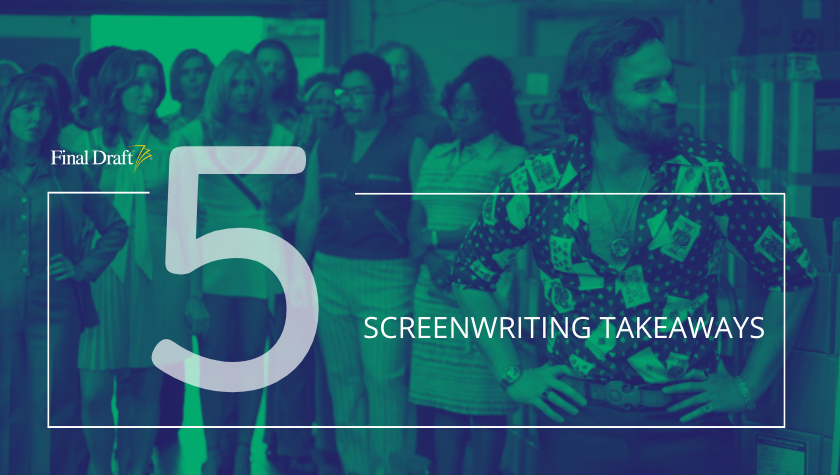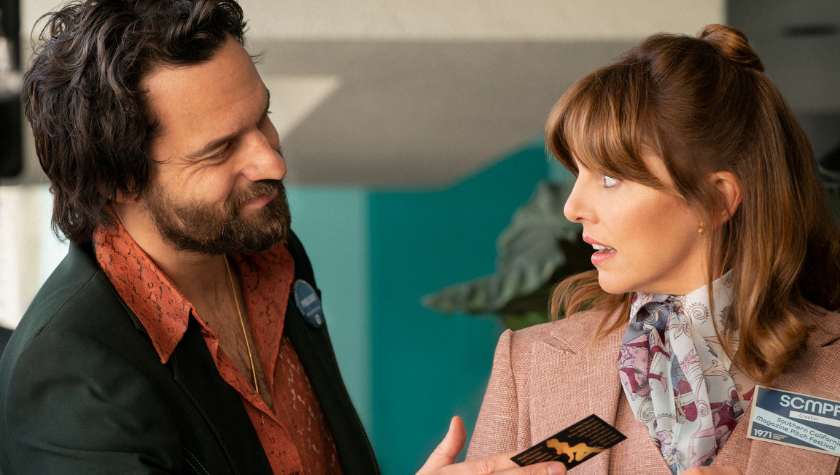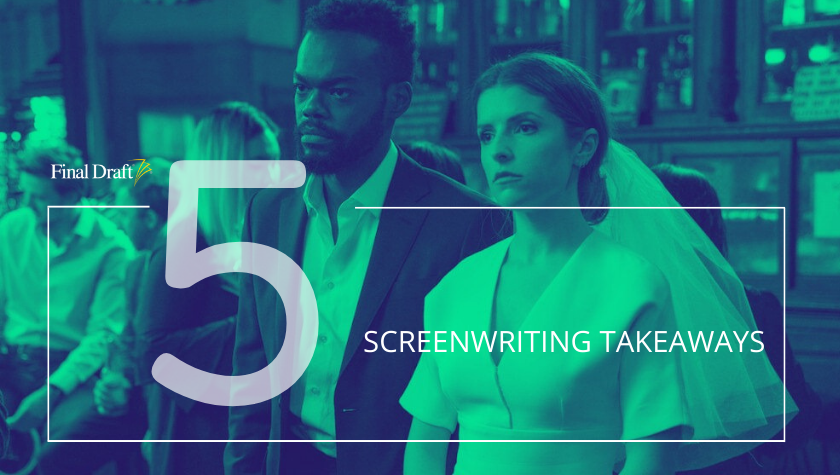5 Screenwriting Takeaways: 'Love Life' on HBOMax
October 12, 2020
HBO is known for head-turning, risqué shows that are must-see television. The Sunday night block of Sex in the City and Six Feet Under is still fondly remembered as water-cooler fodder back when people went to offices and actually had shared water coolers. On the other hand, HBO Max is clearly trying to set itself apart from its predecessor as content for a younger adult audience who adopted chord-cutting from the get go, but Love Life shows its still finding its voice. The show is quite sweet, and has a killer premise, but ultimately feels a bit behind the times in a post #MeToo (and still fighting for women’s equality) world. That said, the HBO Max original has been picked up by multiple outlets abroad, and is likely to return, giving it time to blossom into something special and unique, particularly with romantic comedy masters like Paul Feig executive producing.
Here’s a breakdown of what screenwriters can learn from a show possibly poised to bloom.
1. The Science of Love
Love Life is undoubtedly embracing rom-com tropes for better or for worse, but one of the delightful choices is the omniscient narrator opening and closing the show (and sometimes interspersing commentary along the way). Lesley Manville, a British actress who was awarded an Obe from non-other than Queen Elizabeth herself and is perhaps best known as Flittle in Maleficent , provides the objective and all-knowing voice. Manville frames each story with scientific and well-researched facts as if to say, “see, everyone goes through this.” For example, in episode one, Manville’s narrator states, “By the time the average person ends up with the love of their life, they will have been in seven relationships. Of those, two are often long-term relationships, while the rest are a mix of short-term flings, casual dating, and one-night stands. The average person will also fall in love two of those times, and have their heart broken twice as well.” A somewhat comforting fact if you are one of those out there still hunting for love.
2. A Big Hook
Love Life is ambitious. Each season will be devoted to a different character’s love story, while each episode is devoted to one relationship (often making for interesting time jumps). This bodes well for the series, as Darby's (played by the effervescent Anna Kendrick) friends seem to have deeper problems than her hyper-focused search for love. Her roommate Sara (Zoe Chao) faces the ever pressing question—is she in her relationship because it’s good, or because it’s safe and easy? Meanwhile, we know little about Darby’s roommate Mallory (played by Sasha Compère), but the fact she is not pursuing hetero-normative relationships and has razor sharp wit, is intriguing. Regardless of who will be the protagonist in season two, hopefully more attention will be given to the complicated women who were relegated to the sidelines in season one.
3. An Excellent Love Interest
Darby’s seemingly perfect match was introduced right in the very first episode. Augie Jeong (played by Jin Ha) breaks Darby’s heart when he moves from Brooklyn to D.C. to pursue his lifelong dream of being part of the Presidential press core. The pair have a painful first “I love you” that is simultaneously a good-bye, and while Darby wasn’t great at keeping up with her own life during her love affair with Augie, Jin Ha is so charming the audience can’t help but wonder—as Darby does—was he the one that got away?
4. A Good Backstory
Here is where Love Life could perhaps use the most development next season. We know very little about Darby beyond surface level facts. She’s a child of divorce, but this doesn’t seem to have that much effect on her view on love… yet. She really loves art and photography, but her goals here are slightly nebulous; hence she ends up often stuck as an assistant and putting the needs of others before her own. This makes a challenging character to write to, as one wonders what drives her, other than a need to just find someone. But, hey, that’s most of the universe. If Darby can continue to develop in season two, even though she might not be the focus, a good show could blossom into a great show.
5. Men As A Cautionary Tale
While each episode portrays a different relationship, Darby does have a pattern of losing herself in men. Anna Kendrick told NPR earlier this year, “I feel like that’s a really common experience for young women; to feel like they’ve become an extension of another person and not their own entity.” This seems to happen to Darby more often than not. She even calls herself a “people pleaser.” While relatable, perhaps next season viewers could look forward to a feminist take, giving more agency to heroes on both sides, as this season some men on the show felt a lot like cautionary tales as opposed to viable love interests.
Final Takeaway: Ultimately, Anna Kendrick remains infinitely likeable even when buoy-ing a character not given as much agency as other women in recent modern day rom-coms. Her journey remains watchable in large thanks to Kendrick’s chops, and the incredible charm of many of her supporting men, whether they are an intended cautionary tale or not. Hope certainly blooms eternal; both in and for the show—something we could all use a little more of; that, and love.
Written by: Lindsay Stidham
Lindsay holds an MFA in screenwriting from the American Film Institute. She has overseen two scripts from script to screen as a writer/ producer. SPOONER, starring Matthew Lillard (SLAMDANCE), and DOUCHEBAG (SUNDANCE) both released theatrically. Most recently Lindsay sold PLAY NICE starring Mary Lynn Rajskub. The series was distributed on Hulu. Recent directing endeavors include the Walla Walla premiering (and best screenplay nominated) TIL DEATH DO US PART, and the music video for Bible Belt’s Tomorrow All Today. Lindsay is currently working on an interactive romcom for the production company Effin' Funny, and a feature film script for Smarty Pants Pictures. Lindsay also currently works as an Adjunct Screenwriting Faculty member at USC’s School of Cinematic Arts. You can follow her work here: https://lindsaystidham.onfabrik.com/- Topics:
- Discussing TV & Film




